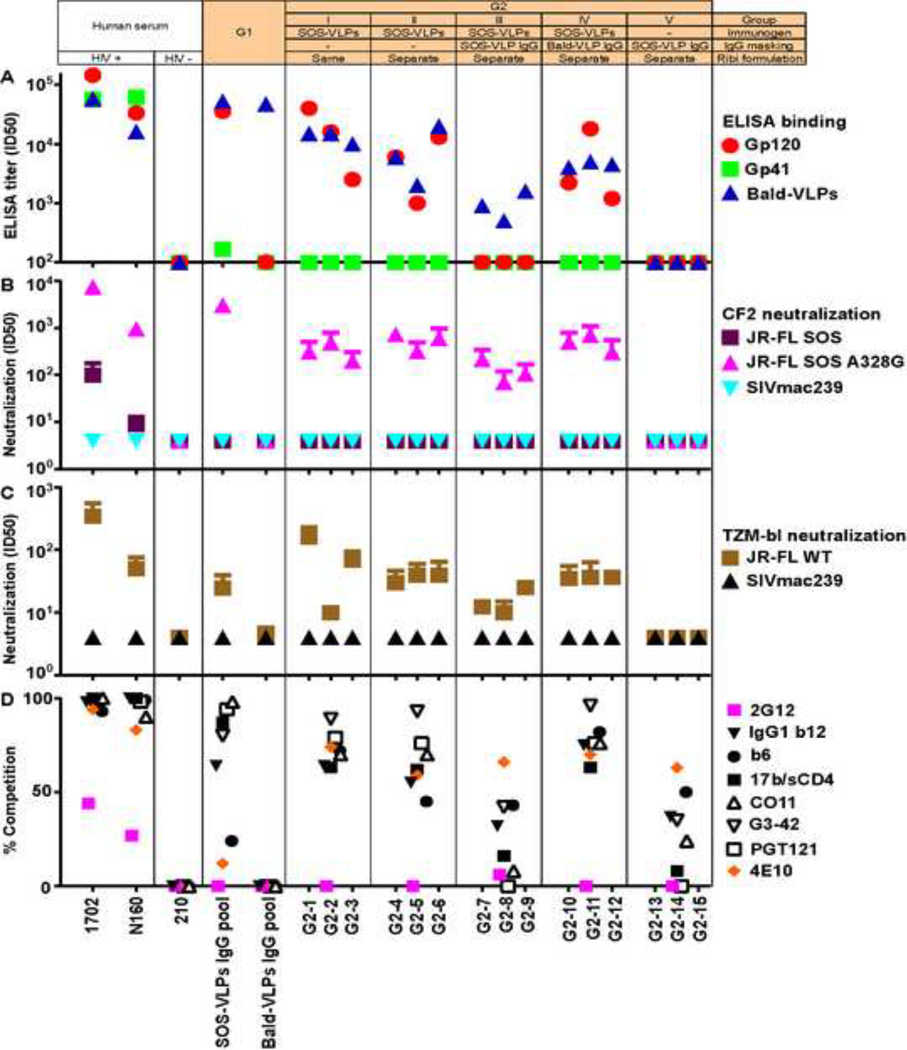Fig. 3. Profile of purified G1 IgGs and G2 sera.
A) ELISA titers using recombinant JR-FL gp120, gp41 and bald-VLPs. Purified IgGs from pooled mixtures of SOS-VLP (animals S9–S12) or bald-VLP (animals P13–P15) immune sera from our earlier G1 study are shown (Crooks et al., 2007). Data points are the arithmetic means of at least two repeats. B) Neutralization in the CF2 assay (Crooks et al., 2007), against the SOS parent virus, a "globally sensitive" SOS A328G mutant and SIVmac239 control virus, using a "wash out" format. C) Neutralization in the TZM-bl assay against JR-FL WT and SIVmac239 viruses, using a "leave in" format. All neutralization assays were performed at least three times in duplicate. Arithmetic mean titers and standard deviations are shown. D) Ability of pooled IgGs (0.5µg/ml) and pooled group sera (1:20 dilution) to inhibit the binding of various biotinylated mAbs to UNC SOS-VLPs in ELISA. Data are expressed as percentages, via the calculation: {(IC50 of biotin-mAb binding in the presence of control prebleed serum)/(IC50 of biotin-mAb binding in the presence of competitor serum)} × 100. Each assay was repeated twice and showed similar competition trends.

